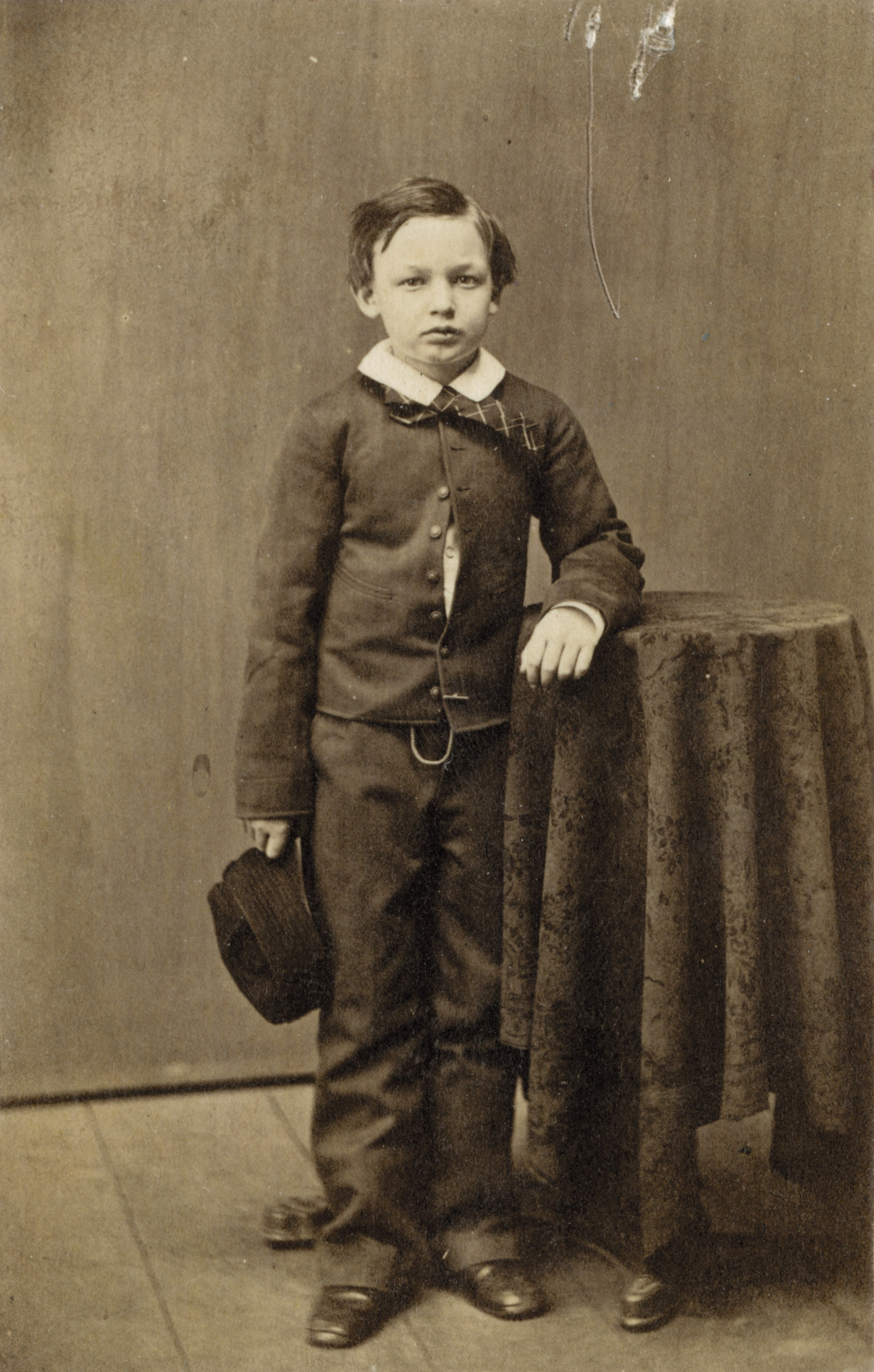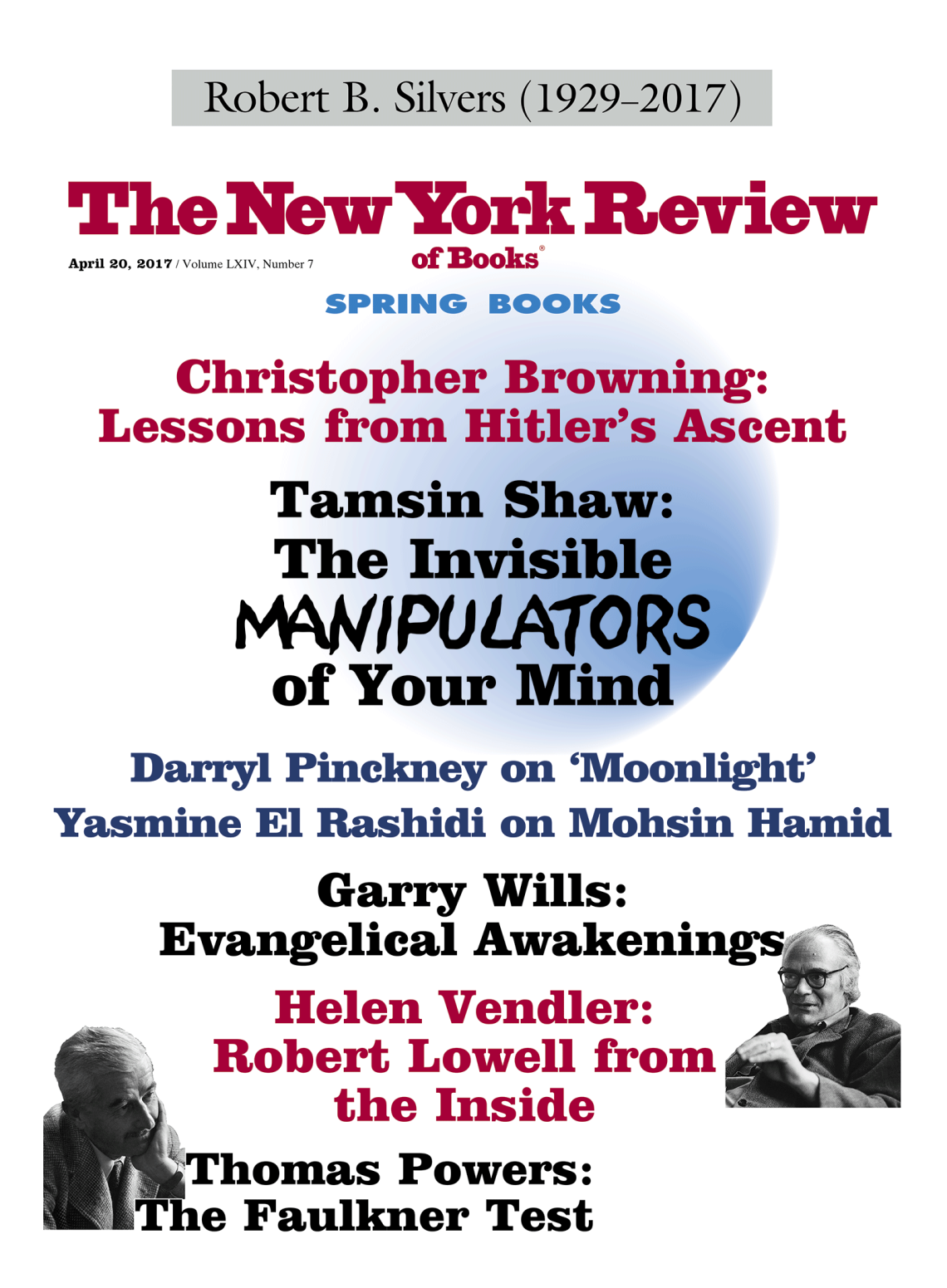From beyond the grave, a zombie named Aunt Bernie questions the nature of capitalism. “Why do some people get everything and I got nothing?…Why? Why was that?” she asks. Her nephew, the narrator of George Saunders’s story “Sea Oak” (1998), in which this query appears, has no answer to that perennial puzzle. He recognizes that she has every right to speculate, however. “She never had a life. Never married, no kids, work work work.” Later in the story, he wonders whether other zombies are speaking up here and there, troubling their relatives with pointed inquiries about the economic injustices they suffered in life. “Maybe there’s angry dead all over, hiding in rooms, covered with blankets, bossing around their scared, embarrassed relatives. Because how would we know?”
The phrase to note here is “angry dead.” The dead are angry because, despite all their hard work, they haven’t had the lives they expected to have, and instead of feeling resignation or acceptance, they stick around in a state of denial, coaching their surviving family members on how to get a leg up. Aunt Bernie, back from the dead but still a firm believer in upward mobility, advises her nephew, a male stripper, to go to community college and to major in pre-law. “Pre-law is best,” she shouts from the living room floor where her body is rotting. “You’ll be a whiz. You ain’t dumb.”
The specter of failure—the abyss of unemployment—is so dire in Saunders’s short fiction that his characters typically lose their humanity in their efforts to get ahead. In this I’ll-do-anything model of free enterprise, the secret to success remains just that, a secret, to most of Saunders’s benighted characters, despite their willingness to trade in their souls to stay on the job, any job.
From the salaried worker testing out insanity-inducing drugs in “Escape from Spiderhead” to the man who reenacts Stone Age scenarios in “Pastoralia,” his characters’ capacity to cope with the work they’ve agreed to do defines their humanity, or lack of it. Like David Foster Wallace, Saunders might be described as a chronicler of postmodern employment within an anarcho-capitalist system that’s like a giant carnivalesque theme park, many of whose rides and sideshows are lethal.
In “The Semplica Girl Diaries,” for example, from his collection Tenth of December (2013), the eponymous girls of the title are immigrants from the third world. Their task is to hang decoratively from a sort of wire clothesline in the backyards of those rich people who have acquired them; this wire is threaded through their brains. Neither alive nor dead, the Semplica Girls serve as the semisentient possessions of their wealthy proprietors who proudly show them off swaying prettily, half-alive, in white diaphanous dresses.
In Saunders’s stories, alienation is an antique emotion from the mid-twentieth century, a luxury as outmoded as ethical behavior. His characters are contemporary American Stakhanovites, doing the work of three people and rewarded with the short end of the stick. They go to their graves baffled and, belatedly, enraged by their fate.
The zombie effect in late capitalism has inevitably touched public discourse as well. In his essay “The Braindead Megaphone,” Saunders coins a word for what’s happened to political and social commentary from inside a mass-communication machine dedicated not to the dissemination of information but to twenty-four-hour stimulation: “braindeadedness.” With this word, the reader may hear again the characteristic Saunders note of death-in-life. Accordingly, “dumbing-down” as a phrase to describe this phenomenon is inaccurate; what Saunders is getting at seems to be closer to “deadening-down”:
But more than fear, our new braindeadedness has to do, I think, with commerce: the shift that has taken place within our major news organizations toward the corporate model, and away from the public-interest model. The necessity of profit is now assumed for our mass-media activities. This assumption has been shorn of all moral baggage: it is just something sophisticated people concede, so that other, more vital, discussions of “content” can begin…. Ranting, innuendo, wallowing in the squalid, the exasperation of the already-convinced, may, at some crude level, just be more interesting than some intelligent, skeptical human being trying to come to grips with complexity….
But where is such an “intelligent, skeptical human being” to be found? How does a writer put such an individual into a work of fiction? For that, you’d have to go back to the nineteenth century. You might have to enlist Abraham Lincoln.
The afterlife of unhappiness in “Sea Oak” is on full display in Saunders’s brilliant first novel, Lincoln in the Bardo, whose Civil War–era characters are all dealing, in one way or another, with the fact of death—their own death, or the deaths of those they love, or the deaths of thousands slain on the battlefields of the Republic. (A “bardo” is a kind of limbo.) Its subject, therefore, is denial of death by the dead themselves and by the living, and the remedy for this denial, which, as some of the novel’s characters gradually intuit, can only be the long, slow, and arduous process of grieving and acquiesence. One of the dead speakers, Mrs. Abigail Blass, is told by her (also dead) friend Miranda Debb, “You never in your life was given enough.” Immediately Abigail Blass’s eyes tear up. “That is so true,” she agrees, sounding a bit like Aunt Bernie, still possessed by immortal resentments, and still psychically stuck.
Advertisement
But no one in this novel really sounds like the characters we have gotten used to in Saunders’s previous fiction. Lincoln in the Bardo doesn’t resemble any of his previous books apart from the thematic concerns already noted, nor does it really resemble anyone else’s novel, present or past. In fact, I have never read anything like it. The book has a superficial resemblance to Edgar Lee Masters’s Spoon River Anthology (1915) and Davis Grubb’s The Voices of Glory (1962), with their casts of characters speaking from their graves, but its ambition is to map out a territory that is both historical and fantastical, and in doing so to illustrate to the distracted contemporary reader what “nobility of soul at odds with circumstance” (the phrase is Theodore Roethke’s) might look like. Furthermore, the voices from beyond the grave in this novel have, at least at first, a certain vaudeville tone, as befits a cast of characters who don’t know where they are and are largely intent on fooling themselves.
It is as if Saunders had somehow grafted the oral history mode of George Plimpton’s book on Edie Sedgwick onto the historical facts surrounding the death of Abraham Lincoln’s son Willie and then decided to extend that technique into the afterlife, where the chattering spirits inhabiting the cemetery comment on…well, everything.
The novel thus inhabits two realms and shuttles between them. The first (historical) realm is that of the White House in February 1862, and the festivities downstairs are those of a grand state dinner, while upstairs the eleven-year-old Willie Lincoln, sick with typhoid fever, is struggling for breath. Guided by snippets from the historical record, each one rarely longer than two or three sentences, the reader is informed of these events and led through the sequence of the boy’s worsening medical condition and his parents’ agonized worries.
The resulting text consists of a pastiche of voices, some of whom this reviewer recognized (Elizabeth Keckley, Margaret Leech, Carl Sandburg, and Daniel Mark Epstein, to name four), and some of whom (Dolores P. Leventrop, D.V. Featherly, among many others with rather odd-sounding names) were unknown to him and have resisted all his efforts to establish their existence, to say nothing of their veracity. Clearly a trick, a harmless one, is being played on the reader here, so that the author can mix the actual with the imaginary, supplying a refracted chorus of voices to give various simultaneous perspectives on the events of a few days. These voices continue to speak intermittently throughout the novel, giving an account of Willie’s death and Lincoln’s subsequent trips to Oak Hill Cemetery in Georgetown where his son was buried.
The oral history device is a cunning solution to an intractable problem facing any novelist who wishes to write a historical narrative containing a figure such as Lincoln, about whom every informed reader has an opinion. The whole elaborate and often laborious machinery of the historical novel—details of dress, architecture, speech, and action—meant to produce what Sir Walter Scott once referred to as the “Big Bow Wow Strain” has gone missing in this novel. What’s left are fragments, little shards of commentary that feel like whispers preserved from a previous age:
While the president’s outburst allowed for depiction, his wife’s did not.
Epstein, op. cit.
The pale face of her dead boy threw her into convulsions.
Keckley, op. cit.
Mary Lincoln collapsed into her bed.
Von Drehle, op. cit.
An altered woman.
Keckley, op. cit.
Laudanam being administered, even this powerful concoction could not suppress her cries of agony or subdue her disbelieving outrage.
Coster, op. cit.
The reader gradually settles into this mode, since it is the only one available. Saunders has arranged matters so that the staccato effect is modulated by occasional eloquence, particularly whenever Lincoln enters the story. As the novel goes on, however, the pastiche of historical voices is eclipsed by another and more energetic group of speakers: the voices of the chattering dead, clinging to the environs of their “sick-boxes” in Oak Hill Cemetery. They are joined by the soul of Willie Lincoln and the living figure of his father, who has come to Willie’s tomb to grieve over him.
Advertisement
In this, the novel’s second realm, we have a cascade of characters inhabiting the bardo of the title, a sort of Wonderland where, according to Tibetan Buddhism, the soul clings to this world prior to rebirth or (in this novel) the last judgment. Three major speakers escort us through this realm. The first, Hans Vollman, was, in life, a printer. At the age of forty-six, a ceiling beam fell on him, killing him before he could consummate his marriage to a much younger wife. Our second guide, Roger Bevins III, was a gay man who discovered his “certain predilection” early in his youth and, in despair over his lover’s intention to leave him and to “live correctly,” slit his wrists with a butcher knife. In the afterlife, these two men have teamed up for repartee of the Tambo-and-Bones variety, though they are also capable of real emotion regarding Willie Lincoln.
The book’s third guide to its Wonderland, the Reverend Everly Thomas, is in some ways the most interesting of the three and is the only reliable narrator in this group. The one real grown-up among them, he alone understands that he is dead. As a consequence, the spirit of graveyard frivolity that flickers over the other denizens of Oak Hill is entirely absent in him. “I am different,” he tells Willie Lincoln.
To say about Vollman that “a ceiling beam fell on him, killing him” is to state explicitly an event that Vollman himself cannot acknowledge. The dead in the bardo, it turns out, are the champions of evasion, and the reader has to walk around their mincing misstatements of facts to figure out what once happened to them. Vollman’s version of events is not only unreliable; it’s stubborn and obtuse and disingenuous. His efforts to deny his own death and fate are the central thematic thread that runs from Saunders’s earlier short stories such as “Sea Oak” all the way through this novel. Here is Vollman’s account of his demise, including gasping pauses as he struggles to come up with alternative facts:
A beam from the ceiling came down, hitting me just here, as I sat at my desk. And so our plan must be deferred, while I recovered. Per the advice of my physician, I took to my—
A sort of sick-box was judged—was judged to be—
Because he can’t find the correctly misleading adjective, the helpful Bevins supplies it for him: “efficacious.” Thus equipped, Vollman continues his false narrative with a straight face, oblivious to the actual and given to thumping circumlocutions for “casket” and “cemetery”:
There I lay, in my sick-box, feeling foolish, in the parlor, the very parlor through which we had recently…passed en route to her bedroom. Then the physician returned, and his assistants carried my sick-box to his sick-cart, and I saw that—I saw that our plan [for the marriage] must be indefinitely delayed.
This false note is the one with which we start, and these very self-delusions must be undone if Willie, a “sweet little muffin of a fellow,” is to be freed from the bardo where he does not belong, and if his father is to be freed of his wholly disabling grief. If Willie is to discover that he is dead, the others must help him on his way. In this novel, self-recognition turns out to be a collective enterprise. The central characters of the story gradually concede what has happened to them, and they also acknowledge that the lives they led could not have been otherwise:
We were as we were! the bass lisper barked. How could we have been otherwise? Or, being that way, have done otherwise? We were that way, at that time, and had been led to that place, not by any innate evil in ourselves, but by the state of our cognition and our experience up until that moment.
The coming-of-age story often lays out a central character’s gradual understanding of where he belongs and what he might achieve in the society in which he finds himself. Associated with these two insights is an acknowledgment of his own and others’ mortality. Given these three features, Lincoln in the Bardo might well be characterized as a coming-of-age novel among the dead.
The arc of the plot demands that the dead have to wise up. As if in a Buddhist parable, they must learn not to cling to the things of this world. And they must risk the final judgment, which in this novel is called “the matterlightblooming phenomenon,” a slightly cartoonish occasion that, as described here, Mel Brooks might have devised, but whose mechanisms are weirdly moving and almost plausible. They resemble the conditions in a fairy tale that has its own mad logic and has somehow managed successfully to put the reader under its spell.
The only character in the book who has seen the matterlightblooming phenomenon is the Reverend Everly Thomas. He has witnessed it and knows he has been judged and damned, though, as a moral and pious man, he cannot understand what he ever did in life to justify the verdict against him. He has run away from the final judgment but knows that it awaits him:
I did not kill, steal, abuse, deceive; was not an adulterer, always tried to be charitable and just; believed in God and endeavored, at all times, to the best of my ability, to live according to His will.
And yet was damned.
The events of the last one hundred pages, in which Willie is saved thanks in part to Everly Thomas’s own damnation, leaving behind Bevins and Vollman to talk us through to the end, comprise some of the most remarkable American fiction writing it has been my pleasure to read in the last few years. George Saunders has a concert-hall sense of pitch: his characters always sound, to my ear, like the mid-nineteenth-century characters that they purport to be. The novel’s expert ventriloquism carries with it a music of colloquial speech from a time when citizens possessed a more nuanced language of feeling and spiritual states. Those feelings and those states reinforce the novel’s strangely compounded tones of moral earnestness and graveyard shtick.
But the sound of the book is not its great achievement, nor is its evocation of Abraham Lincoln. Lincoln is not so much a character in the novel as a shadow cast over it. For the most part, we approach his thoughts secondhand through Vollman and the others. What Lincoln manages to do is to teach the spirits in the bardo how to accept their fate both in life and in death. Accordingly, a portrait of Lincoln is not the point of this novel; that has been accomplished many times before. Instead, and of all things, the book provides—slightly hidden away, but still quite visible—a form of instruction concerning acceptance and grief, accompanied by the chief executive’s display of emotional depth.
If ever there was a lost world, it’s that one. For a contemporary reader, this display and these words come quite literally from another world, where words like “sorrow” that have become almost antique in contemporary usage provide the climactic moment of revelation:
His mind was freshly inclined toward sorrow; toward the fact that the world was full of sorrow; that everyone labored under some burden of sorrow; that all were suffering; that whatever way one took in this world one must try to remember that all were suffering (none content; all wronged, neglected, overlooked, misunderstood), and therefore one must do what one could to lighten the load of those with whom one came into contact; that his current state of sorrow was not uniquely his, not at all, but, rather, its like had been felt, would yet be felt, by scores of others, in all times, in every time, and must not be prolonged or exaggerated….
In one of his interviews, George Saunders said, “If death is in the room, it’s pretty interesting.”* The wonder of Lincoln in the Bardo is that the treatment of that subject is neither morbid nor lugubrious. Besides, in the afterlife there is no such thing as realism. With this book, George Saunders has managed to do something entirely original, with a narrative that’s wonderfully odd, funny, and very moving.
-
*
Joel Lovell, “George Saunders Has Written the Best Book You’ll Read This Year,” The New York Times Magazine, January 3, 2013. ↩




